Janaka Lewis, English, UNC Charlotte
Meets at Johnson C. Smith University
This seminar will examine representations of childhood in city settings, with specific focus on underrepresented populations and themes that feature them in literature. Fellows will be encouraged to explore the influence of setting (both architectural and natural environments) in city spaces, the potential to influence others amongst featured characters, and (although not necessarily as a direct effect) ways to engage students who do not necessarily see themselves featured in positive ways around these themes.
Building upon research that fewer than 14% of books in recent years feature children of color, this seminar will highlight these experiences through readings. Additional research developed by teachers in a CTI Summer 2018 research project argued that most books highlighting children of color, and specifically black girls, feature experiences that can be looked at as more negative, such as oppression endured due to racism (and specifically around slavery). While these are important educational experiences for all students to learn and can also instill themes of triumph and resilience, the seminar will engage themes such as leadership and engagement in contemporary settings that feature children of color and specifically girls.
Areas of engagement will include black girlhood in STEM by looking at science fiction (Octavia Butler’s Parable of the Sower and), girls learning about social movements (One Crazy Summerby Rita Williams-Garcia), girlhood in storytelling (a Latina girl telling her own story in House on Mango Street and an adolescent responding to tragedy in The Hate U Give), and childhood in global cities. Participants will also draw upon Charlotte as a cityscape by examining how local art, science, and history museums represent or could connect to underrepresented experiences of children in Charlotte or for community engagement purposes. Arts may be further incorporated by examining representation of children, and specifically marginalized populations in local theater in 2019.
The purpose is not to argue for universal representation of children in literature, science and the arts, but instead to expand the landscape of how children navigate experiences through cities in literature and to diversify where we look for children’s representation in urban cityscapes. Ultimately, we will challenge what it means to be a child through representations of urban environments and think about what experiences are missed and left out in reading about and for purposes of student engagement.
Seminar Participants:
Additional resources:
- Related piece, “Students have a Right and a Need to Read Diverse Books“
Related book list (grades K-12), selected from:
- Paule Marshall, Brown Girls, Brownstones
- Matt de la Pena, The Last Stop on Market Street
- Rita Williams Garcia, One Crazy Summer
- Sandra Cisneros, House on Mango Street
- Angie Thomas, The Hate U Give
- Sapphire, PUSH
- Benoit Tardif, Metropolis
- F. Isabel Campoy and Theresa Howell, Maybe Something Beautiful: How Art Transformed a Neighborhood
- Carole Boston Weatherford, Freedom in Congo Square
- Thanhha Lai, Inside Out and Back Again
- Katrina Goldsaito, The Sound of Silence
- James Baldwin and Yoran Cazac, Little Man, Little Man: A Story of Childhood
- Ann Petry, The Street
- Octavia Butler, Parable of the Sower
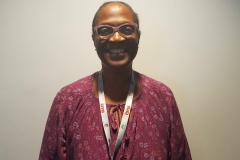

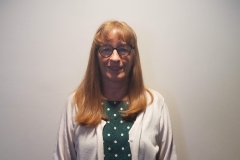

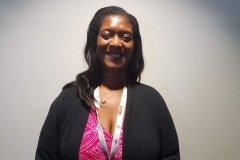
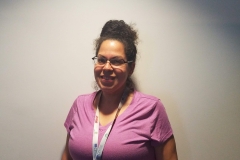
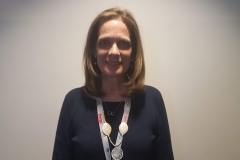
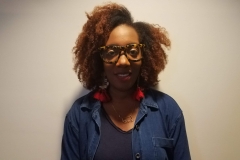
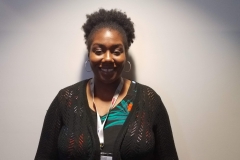












 Home
Home